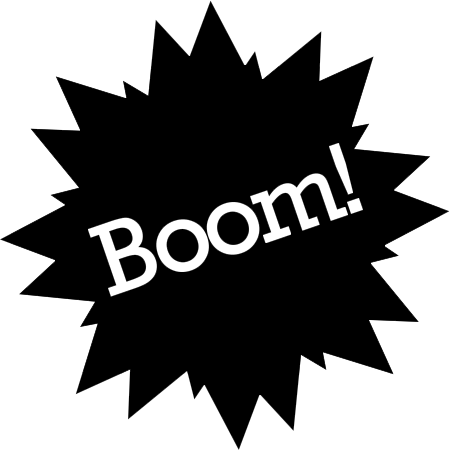Returning for a third consecutive year, the Media Technology Day has now become a firm fixture on London’s media tech industry circuit.
The all-day event – run by Procam Group and supported by Televisual – featured a fascinating line-up of seminars and panels that heard from more than 30 expert speakers across 10 sessions.
In one of the most highly anticipated sessions of the day, Alex Morris, Chief Creative Officer of Boom! PR client Barcroft Studios, took to the stage to discuss the opportunities to engage audiences with both short- and long-form content, as well as what works to bring audiences to watch and share content.
Joining Alex on the aptly titled ‘Creating Engaging Content for a Digital Audience’ panel were: Athena Witter, Head of Digital at Fremantle; Johnny Webb, Co-Founder and CEO of Sundog Pictures; and Selma Turajlic, Co-Founder/COO of Little Dot Studios. The session was chaired by Adam Gee, Commissioning Editor & New Talent Consultant at Red Bull Media House.
Here, we take a look at 5 of Alex’s main points from the panel:
- “Viral video isn’t the same as it once was”
Viral videos are not as useful to producers and social platforms as they once were. It used to be that if you had a big viral hit it would go massively all around the world in an instant. A lot of platforms are now trying to reduce virality and instead increase their audience interaction. Facebook talks about what they call ‘intentionality’, where they want people to seek something out because it’s a brand, a show or a series that they want to see rather than seeing something that’s forced towards them. So, I think we are seeing a slight shift. That said, having videos that can every now and again outperform average numbers can certainly help you with the algorithmic potential of your page and can also be a big thing for producers.
- “Engaging audiences can be brutal, sometimes you only have a second to catch someone’s attention”
To keep engaging with audiences, we make around 40 original pieces of content a month all about real people – we’ve seen a huge impact of hearing someone’s own true story and life experience. Visual content on the internet is key because people first engage with the image they see, whether that’s a tile or thumbnail that stands out. But then you need to deliver on that content, so you don’t feel like you’re letting the audience down. For instance, we have 9 documentary series on Snapchat that are quite hyper, in your face and visual. You have to also tap into the way audiences interact within platforms and get them to do something more than just watch 30 seconds of your content before skipping through. How do you make them stop scrolling down the Facebook feed and make them stop to watch your content for longer? That’s always my test. Being able to catch the audience’s attention very early on in the first 3-5 seconds and quickly jumping into the narrative is key.
- “Production length doesn’t matter”
I’ve been saying this for years: everyone will one day stop talking about content length and just call it ‘content’. But I don’t think we’re at that stage just yet. People who watch content on social platforms actually don’t care either way about how long a show is, whereas some TV commissioners and producers can get quite hung up about it. The reality is a show should be as long or short as is good. You see it on Netflix now, episodes for lots of shows are all at different lengths. It doesn’t matter.
- “To survive in digital or as a digital-first business you need multiple revenue streams”
It’s essential, I don’t think you can be reliant on just one. At Barcroft, we think about our content as the body of a spider and all the legs that come off it are the different monetisation streams.
With TV budgets down, networks are increasingly looking for new business models and ways to create content that was perhaps not as expensive as before – and as a result they are a bit more flexible with rights. For producers, this is interesting because if you dovetail your digital and linear operations to find some new ways of monetising.
We make TV shows under the conventional production margin model, we are commissioned by digital platforms and we also create our own self-funded digital content from an in-house production base that uses journalism as a story-finding technique. We recently moved into AVOD licencing distribution deals with platform partners like Snapchat and Facebook where we take a revenue share but also licence out to third parties too. In addition, we sell our original digital series as longer length TV shows. This involves us taking the original digital content, re-purposing it and adding extra scenes to make this work for a traditional TV audience. All this is quite new but it means we do get to keep the IP. We recently struck a deal in this way on ‘Extreme Love’ for WeTV in the US and ‘Ultimate Rides’ for A+E channel FYI, with TCB Media Rights distributing both.
- “Stay consistent to keep your digital audiences”
For me consistency in output, voice production and distribution are all vital to maintaining a digital audience. At Barcroft, our self-imposed law is that we are going to distribute one original single film every single day – that’s our consistency, other people may have different ones. But if you can stick to an original distribution schedule – we schedule ours on shows and channels like a TV channel would – that’s really important.



